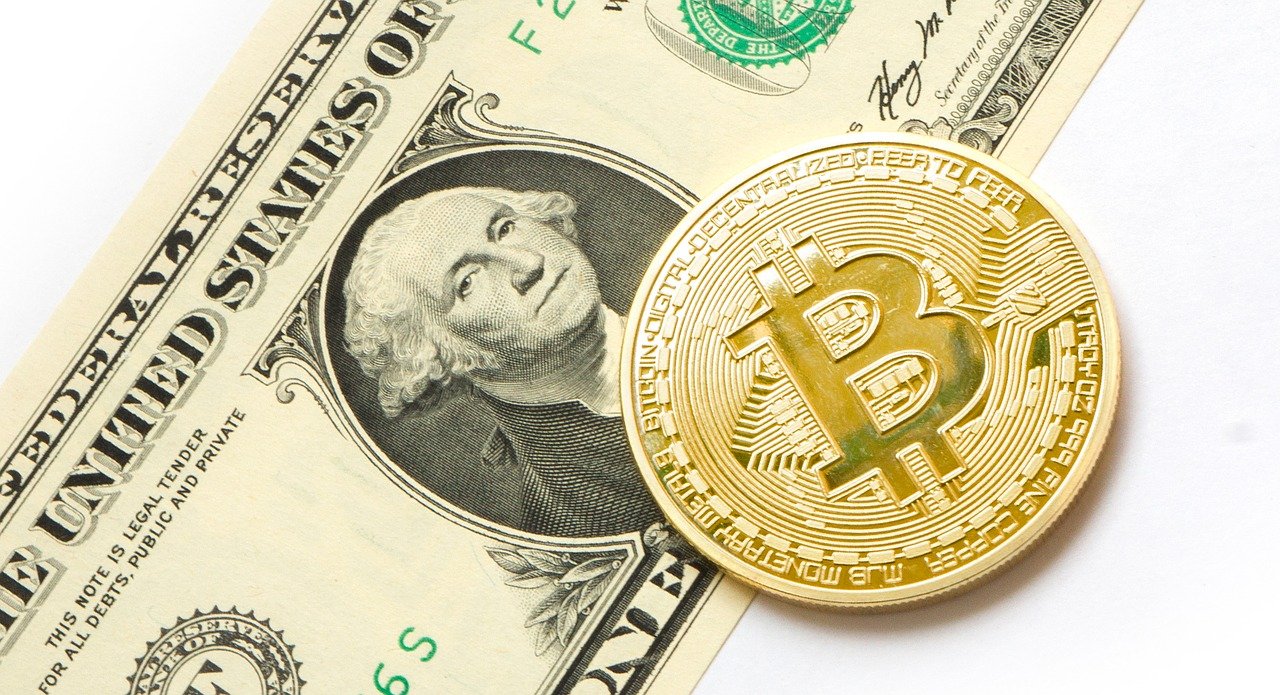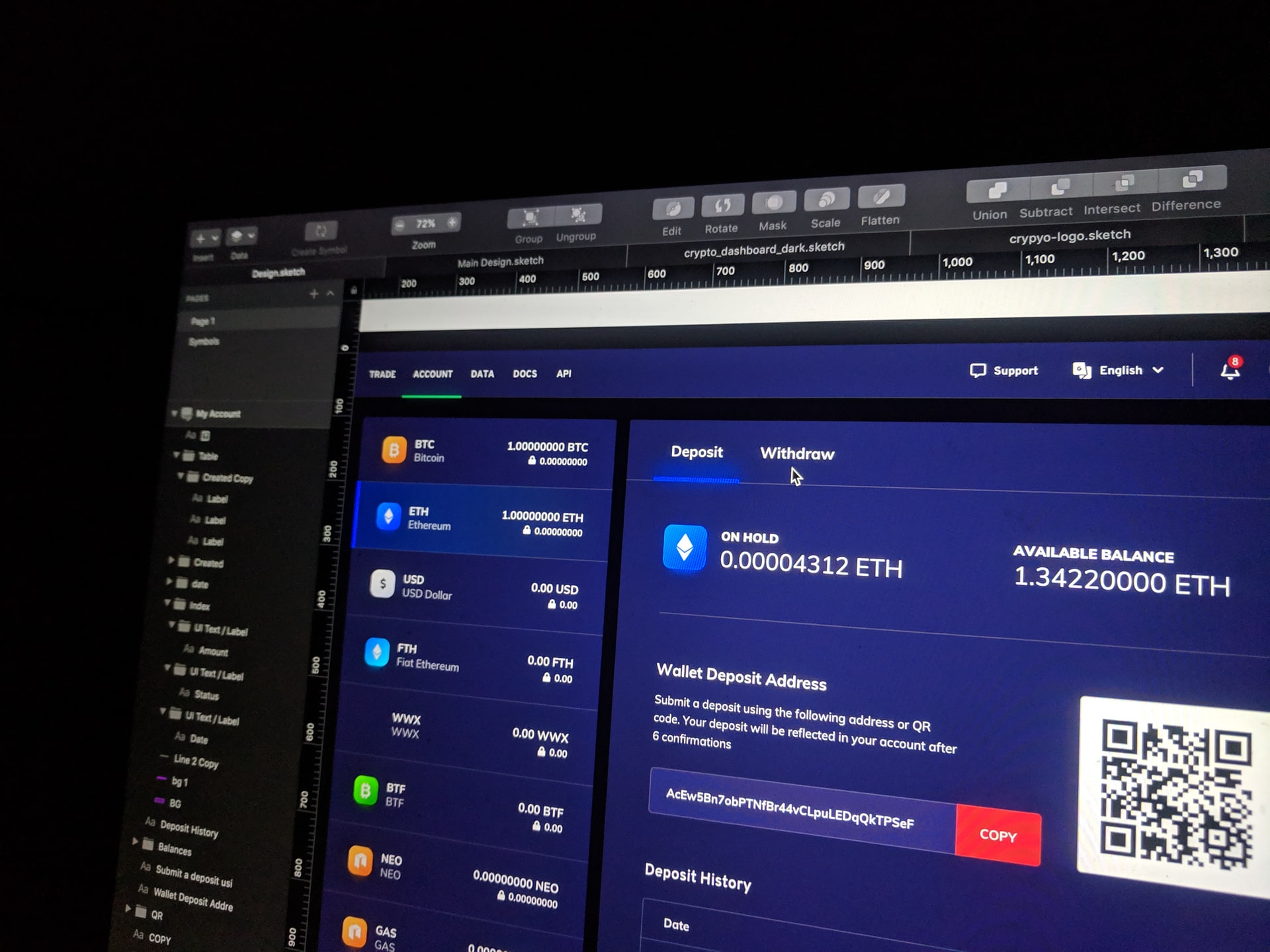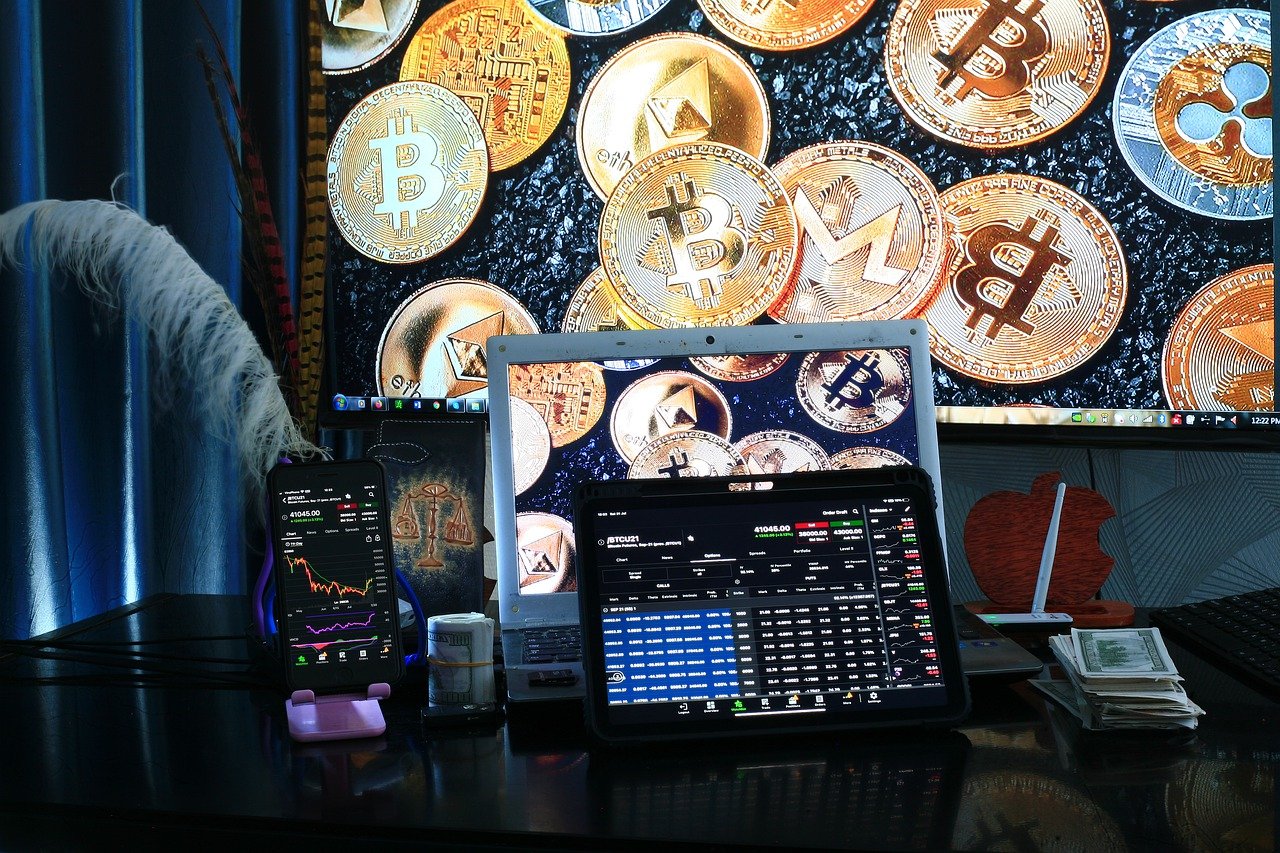Last Updated on: 22nd November 2023, 07:27 am
From its creation, there have been concerns about the potential of Bitcoin to expand successfully. Exchanges concerning the digital money bitcoin are handled, checked and maintained in a digital database known as a blockchain. Blockchain is a groundbreaking recorder technology. It makes it incredibly challenging to alter ledgers since the fact of what has happened is checked by a consensus decision, not by a particular character. Besides, this infrastructure is decentralized; it runs on devices all over the globe.
The issue with blockchain infrastructure in the Bitcoin network is that it’s sluggish, particularly compared to banks dealing with credit card purchases. E.g., Visa, Inc. (V), a famous credit card corporation, handles nearly 150 million transfers each day, an average of approximately 1,700 exchanges per second. In fact, the company’s capacity significantly exceeds that of 65,000 transfer signals per second. How many exchanges can a bitcoin system framework do per second? Seven. Exchanges may take several minutes or more to validate. As the infrastructure of Bitcoin users has expanded, processing lists have become lengthier since there are far more exchanges to be processed without a change in operating technology that manages them.
Ongoing discussions about bitcoin innovation have dealt with this core question of expanding and improving the performance of the payment authentication phase. Programmers and cryptocurrency miners have come up with two key strategies to this issue. The first includes creating the volume of data that needs to be validated smaller in one block, thus generating transfers that are quicker and easier, while the other means creating the data blocks larger so that more evidence can be handled at one stage. Bitcoin Cash (BCH) has created these alternatives. Here, we’ll take a deeper look at how bitcoin and Bitcoin cash vary from each other.
WHAT IS BITCOIN?
In July 2017, mining pools and corporations comprising approximately 80 to 90 percent of bitcoin computational capabilities agreed to integrate a technique called a segregated witness called SegWit2x. This SegWit2x reduces the volume of content that needs to be validated in each block by erasing signature information from the data block that needs to be analyzed in each payment and attaching to it. Signature data is predicted to contribute for up to 65 percent of the information recorded in each block, so that was not an insubstantial infrastructural transition.
Discussion of increasing block sizes from 1 MB to 2 MB rose in 2017 and 2018 and, as of February 2019, the total block size of bitcoin expanded to 1.305 MB, exceeding past data. By January 2020, though, block size had decreased back to an estimate of 1 MB. The greater block size helps to increase the usability of bitcoin. In September 2017, an analysis published by the Bit Mex trading platform found that Seg Wit’s deployment helped to raise block size in the middle of a steady speed of technology acceptance.
WHAT IS BITCOIN CASH?
Bitcoin Cash is another matter. Bitcoin Cash was established by bitcoin miners and entrepreneurs who were similarly concerned with the potential of cryptocurrencies and its capacity to expand successfully. Even so, these entities had concerns about the introduction of separated witness technologies. They believed that SegWit2x did not answer the basic issue of scalability substantively, nor did it adopt the path map originally provided by Satoshi Nakamoto, the unidentified entity that first introduced the digital currency blockchain technology. Moreover, the method of implementing SegWit2x as a path ahead was anything but straightforward and there was fear that its adoption would hinder the decentralization and democratization of the coin.
In August 2017, several miners and programmers released what is regarded as a hard fork, essentially establishing a new exchange rate: BCH. BCH has its network and features, including a very significant bitcoin differentiation. BCH has introduced an expanded block size of 8 MB to improve the registration system, with a flexible degree of complexity in maintaining chain longevity and transaction verification pace, irrespective of the number of miners endorsing it.
Bitcoin Cash is also able to handle transfers quicker than the Bitcoin blockchain, which ensures that waiting lists are shorter and payment computing costs tend to be smaller. The Bitcoin Cash system can manage far more operations per second than the Blockchain technology can do. However, there are also downsides of the quicker transaction verification process. One possible concern with the wider block size correlated with BCH is that protection may be breached compared to the Bitcoin blockchain. Likewise, bitcoin stays the world’s most common cryptocurrency as well as the highest market cap, but BCH consumers could notice that volatility and real-world usefulness is weaker than bitcoin.
CONCLUSION:
Bitcoin blockchain and bitcoin cash both have their pros and cons but as stated above, bitcoin remains the most leading cryptocurrency in the world with the highest market value. It is highly advised that you research extensively about both of them before making your final decision. If you are looking for a reliable and prominent trading platform then click here and start trading.









